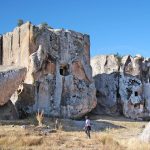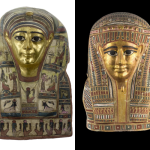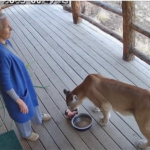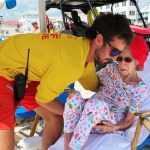On November 13, 1985, the Nevado del Ruiz volcano in Colombia erupted
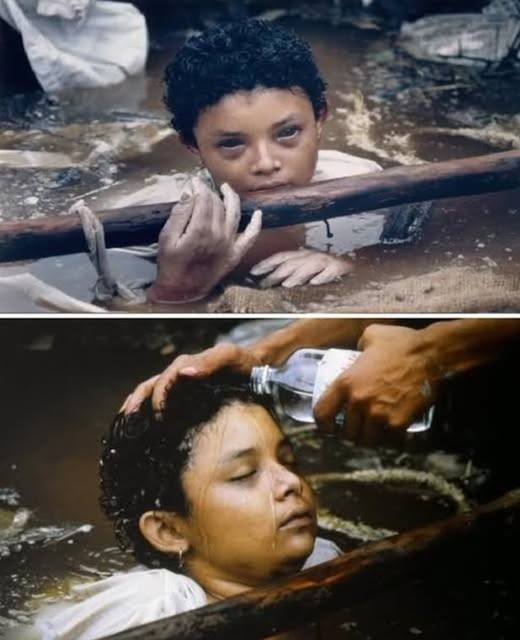
On November 13, 1985, the Nevado del Ruiz volcano in Colombia erupted, sending a torrent of mud, ice, and rock cascading down into the town of Armero. In just minutes, nearly 23,000 people were gone. Among them was a 13-year-old girl whose story would haunt the entire world—Omayra Sánchez.

When rescuers reached the ruins, they found Omayra trapped waist-deep in freezing water and concrete debris. Her legs were pinned beneath the wreckage of her own home, the body of her aunt beneath her feet. Despite her unbearable pain, she remained astonishingly calm. For 60 hours, the world watched through reporters’ cameras as this child fought with unimaginable courage.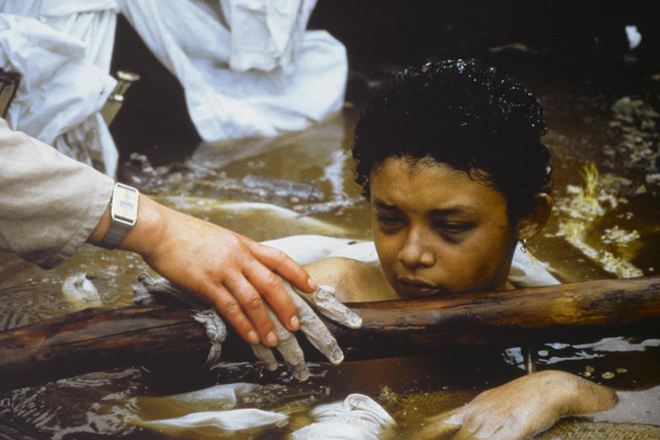

Omayra spoke gently to those around her, asked for food and a drink, even worried about being late to school. At times, she sang softly. At other times, she prayed. Her black eyes revealed both fear and a strength far beyond her years. Volunteers tried everything—they brought a pump to drain the water, offered her comfort, even tried to free her legs. But the wreckage was too heavy. Doctors knew that pulling her out without proper equipment would only make her bleed to death.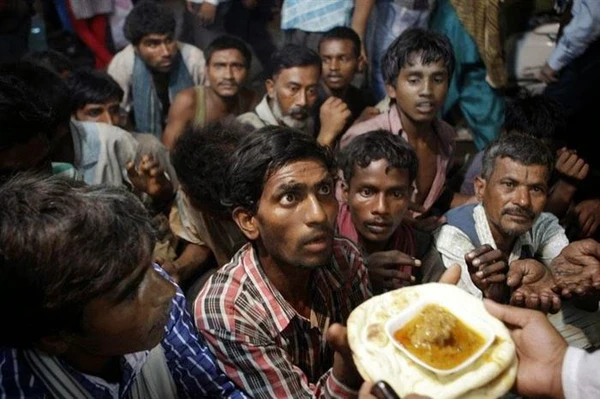

During those long hours, journalists like Frank Fournier captured images that shook the conscience of humanity. His haunting photograph of Omayra, eyes wide, face pale, fingers swollen, became one of the most powerful symbols of human suffering ever recorded. It was later awarded the World Press Photo of the Year, not for its artistry, but for its raw truth.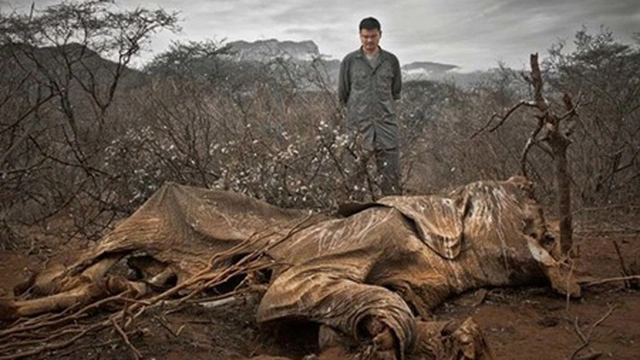

Omayra’s last words were filled with love. She thanked the rescuers for staying with her, told her mother not to cry, and said she was ready to rest. On the morning of November 16, after more than 60 hours in her watery grave, she closed her eyes forever.

